In the busy days of the Venice Biennale preview, we met Sara Pacucci. The occasion was very special: this young artist presented three etchings in the Vittoria 1938 restaurant, where together with the chef Nicolò Trento and the sound artist Giovanni Dinello it happened almost the impossible: to harmonize the senses of taste, sight and hearing in a single sway of flavors, images and sounds. The daring experiment, convincing although in its very first tests, was carried out in the context of Chef Comanda Colore, an initiative curated by No Title Gallery, a Venetian cultural project directed by Francesco Liggieri whose purpose is the promotion and dissemination of contemporary art with particular attention to the work of young artists.
We asked Sara Pacucci a few questions, with the intention of deepening her work.
Valerio Romitelli: How did this singular project to attempt a chorus between the art of engraving, making high quality cuisine and composing contemporary music born and developed?
Sara Pacucci: With the exhibition of my work at the Giudecca Art District for the We Art Open award of No Title Gallery, Liggieri invited me to be part of this initiative; I was struck by the opportunity for dialogue between the different arts capable of creating “translations” and new influences. Then the sharing of the respective artistic researches took place to reconcile them together. What led me to choose the engraving was Dinello’s environment and methodology. His sound work developed from the sounds created in the kitchen, which reminded me of the noises created in engraving and in the etching processes of metal. Demonstrating how different languages are able to tell a background image, we aimed at the emergence of similar sensations capable of enriching each other by generating a multi-sensorial experience.
At Vittoria 1938 you presented three sequences of engravings inspired by the wave motif, which was also taken up by your other two associates in this project. But the wave is also a recurring theme in your paintings. Can you tell us something about this leitmotiv of yours and how do you manage to make it re-emerge even technically in the different expressive forms in which you engage?
When I trace signs, a sinuous and wavy shape always emerges. Although it is the nature of the sign to speak of us, in perpetuating its execution I try to glimpse something that is beneath it. I am attracted by images that “let you breathe”. The wave holds within itself the clash, the union, the movement and the strength. In the engravings I aim at the surfacing of these energies, trying to untie them from my impulses to rediscover that movement that always seems to ask to be shown. Each matrix has an independent development, reassembling them it is possible to grasp a continuum between the revealed signs. From painting to engraving, I work by levels, with these I try to show what is below and immediately above: the vibration of a figure.
Among the other themes of your pictorial research there are also portraits and images of the human body, thus spanning a wide spectrum of iconic references. Is there a thematic or technical field towards which you feel most attracted?
My research develops from the idea of Contact Points. My interest is the possibility of dialectic that is created between different visual systems and the emergence of what is beneath them. The goal is to open our gaze to the perception of a general participation among all things to reveal their hidden dialogues. I believe in the possibility of the reappearance of images that, beyond our intentions, tell of a secret and autonomous world. By investigating reality, it is possible to dwell on details capable of awakening our sensitivity, so I conceive the figures as the possibility of a veiled story. The images, which I consider existing in themselves, in letting themselves be looked at, establish a dialogue with the observer. I believe in a call of images, where by overcoming the author’s subjectivism, they can be free. Before being an artist, I would like to consider myself a tool for their re-emergence. I intend to tell the interaction between the elements, without subordination, with a view to breaking the ego-world dualism. It is a vision that leaves room for the body and the natural element to communicate due to their affinities.
What are the works or artists you prefer as reference models?
Maintaining attention to the sensitive data of experience, in painting, photography or writings, among the authors to whom I am most attached emerge Borremans, Klein, Celmins, Piotrowska and Hillman.
Any projects for the future?
I am participating in various artistic projects in the Venetian context, in perspective, the intention is to expand outside and I will continue to focus on pictorial work, however, paying attention to small publishing, sculpture and other forms of art.
Valerio Romitelli
Info:
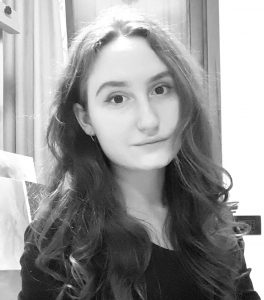
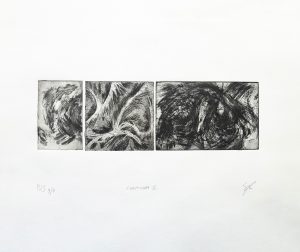 Sara Pacucci, Continuum II, etching, greasy pencil and drypoint in copper sulphate, aluminum and zinc matrices, non-toxic method, 2021, courtesy of the artist
Sara Pacucci, Continuum II, etching, greasy pencil and drypoint in copper sulphate, aluminum and zinc matrices, non-toxic method, 2021, courtesy of the artist
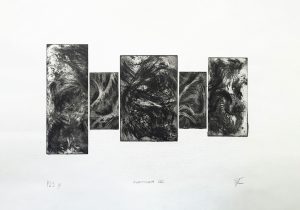 Sara Pacucci, Continuum III, etching, greasy pencil and drypoint in copper sulphate, aluminum and zinc matrices, non-toxic method, 2021, courtesy of the artist
Sara Pacucci, Continuum III, etching, greasy pencil and drypoint in copper sulphate, aluminum and zinc matrices, non-toxic method, 2021, courtesy of the artist
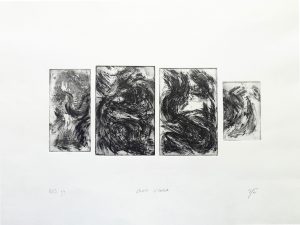 Sara Pacucci, Linea d’onda, etching, greasy pencil and drypoint in copper sulphate, aluminum and zinc matrices, non-toxic method, 2021, courtesy of the artist
Sara Pacucci, Linea d’onda, etching, greasy pencil and drypoint in copper sulphate, aluminum and zinc matrices, non-toxic method, 2021, courtesy of the artist
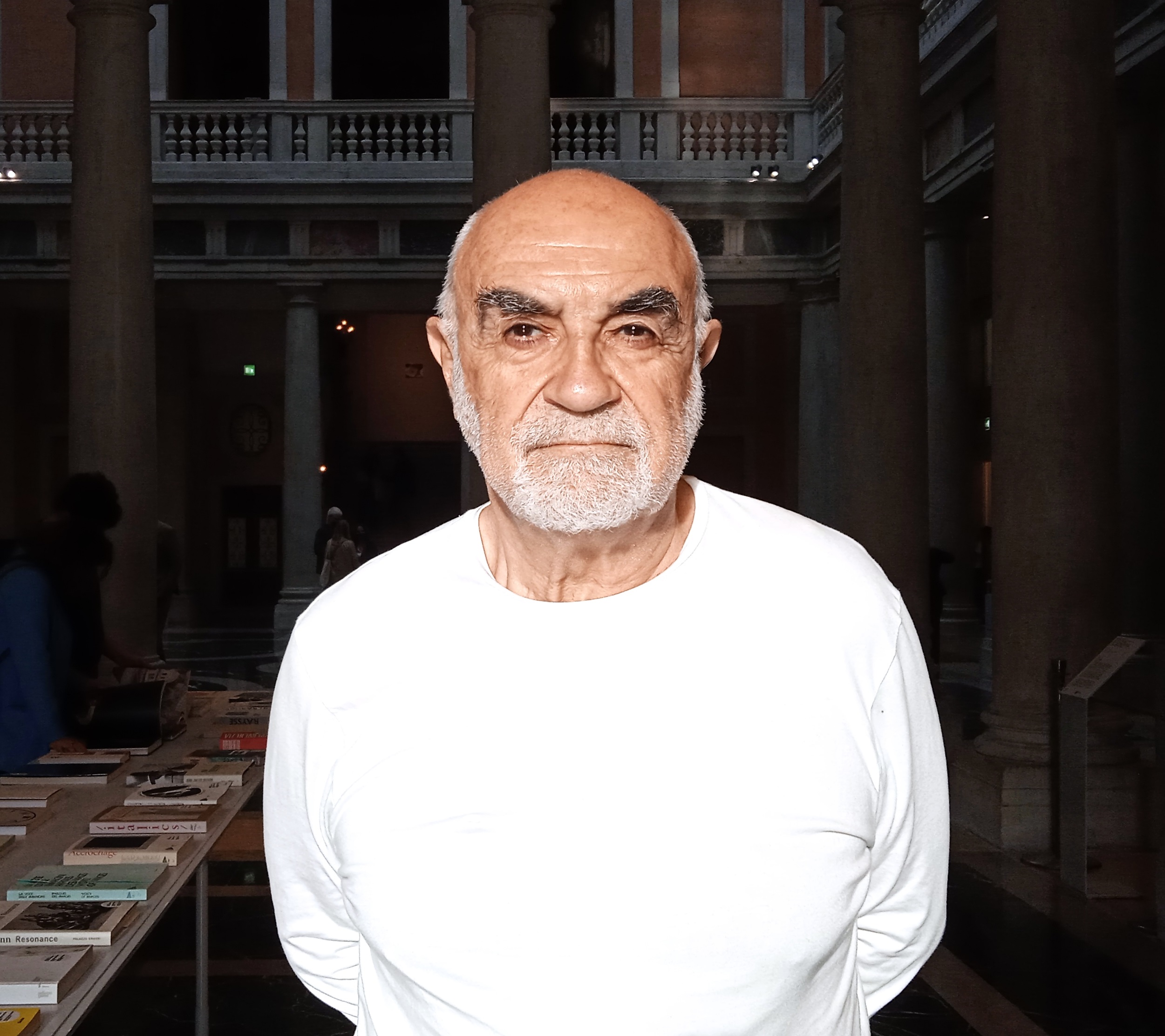
Valerio Romitelli (born in Bologna in 1948) taught, researched and lectured in Italy and abroad. His disciplines: History of political doctrines, History of political movements and parties, Methodology of the social sciences. Among his latest publications: L’amore della politica (2014), La felicità dei partigiani e la nostra (2017), L’enigma dell’Ottobre ‘17 (2017), L’emancipazione a venire. Dopo la fine della storia (2022).






NO COMMENT